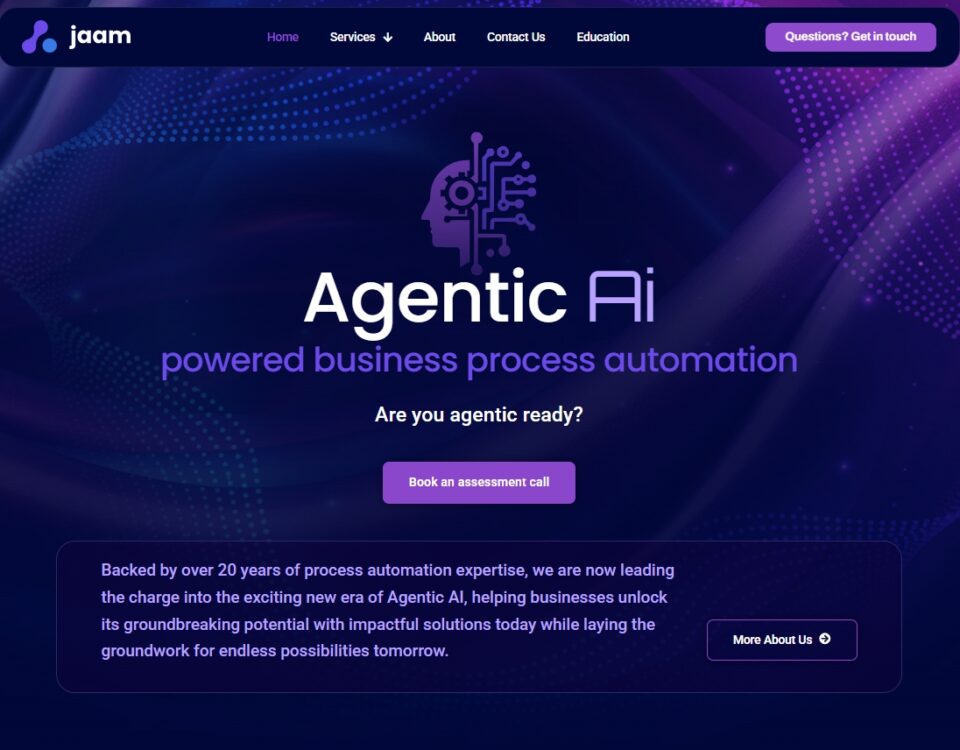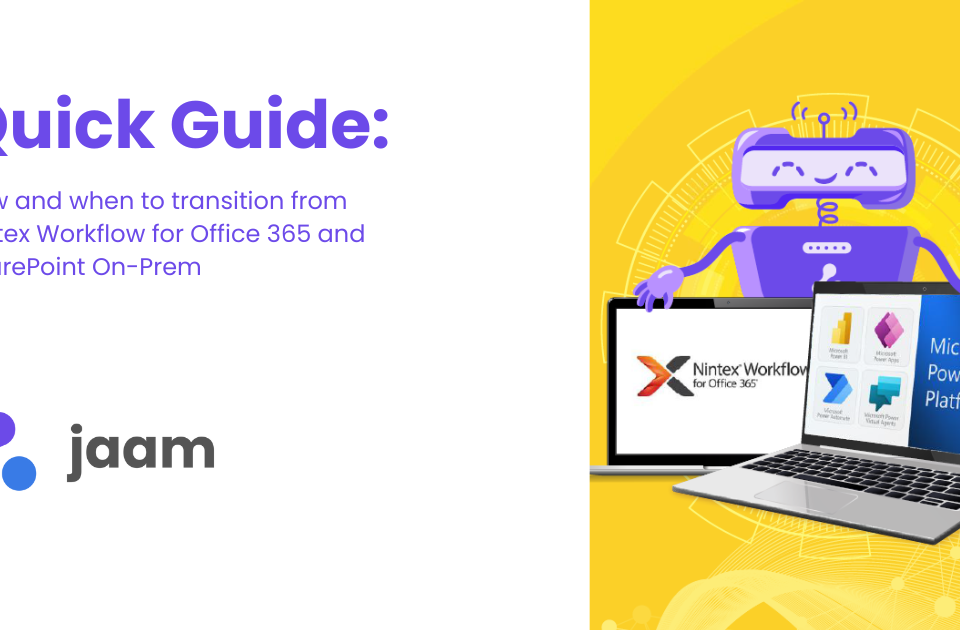Low code automation in healthcare is set to revolutionise the way healthcare providers operate. With the healthcare industry facing an overwhelming number of challenges, including an aging population, increasing demand for services, and a shortage of healthcare professionals, low code automation offers a solution that is both cost-effective and efficient.
What is low code automation?
Low code automation refers to the use of software platforms that enable users to create and automate business processes without the need for extensive programming knowledge.
These platforms have a visual interface, often with a drag-and-drop style functionality, which allows users to create custom workflows and automate repetitive tasks with minimal coding required. This makes it easy for anyone – in any industry or profession – to utilise and maintain automations.
What are the benefits of low code automation in healthcare?
Low code automation has already proven to be a valuable asset for the healthcare industry, with early adoption focused on building solutions to automate repetitive tasks, such as appointment scheduling, patient records management, claims processing, and other compliance automations. This has not only freed up staff to focus on more important tasks, but it has also improved the overall patient experience by reducing wait times and errors.
Low code automation has also been used in healthcare to improve communication and coordination between different departments and providers, which has led to more efficient and effective care. In some cases, low code automation has been used to create digital health solutions that allow patients to access their medical records, communicate with their healthcare providers, and even schedule appointments online. This has led to increased patient engagement and improved health outcomes. These are the core benefits of low code automation in healthcare:
-
- Rapid deployment – One of the biggest assets of low code automation is its quick deployment, as by nature, it doesn’t need extensive development time. Of course, as automation experts, we know that to get the best out of your automations in healthcare, you must always customise them to work for you, but even then – upgrading or installing new low code automations in healthcare can be done quickly.
-
- Easy adoption by workers – Adoption and the education period required for new tools and technology is often a concern with any business looking to change or update how they operate. However, in our experience, this is felt even more strongly in the healthcare industry, where mistakes can be extremely costly and may put patients at risk.
Low code lends itself so well to the healthcare industry because it is easy for healthcare workers to use. This reduces the need for extensive training and allows staff to focus on their core responsibilities, whilst feeling confident that automated processes are running well.
- Easy adoption by workers – Adoption and the education period required for new tools and technology is often a concern with any business looking to change or update how they operate. However, in our experience, this is felt even more strongly in the healthcare industry, where mistakes can be extremely costly and may put patients at risk.
-
- Customisable – Low code automation platforms are highly customisable, allowing healthcare providers to create workflows and automations that are tailored to their specific needs. This ensures that the automations are effective and efficient and that they meet the needs of the organisation.
-
- Low maintenance – Once automation has been implemented, it requires minimal maintenance, freeing up staff to focus on other tasks.
Successes of Low Code in Healthcare
It can be hard to outline, exactly, how low code automations can be deployed across the healthcare vertical because the industry is so broad – you could be anything from a private GP, a specialist, a lab or testing facility, involved in healthcare insurance, a dentist, a pharmacist or an entire hospital.
Healthcare providers that have implemented low code automation have reported significant improvements in efficiency, with up to an 80% reduction in time spent on repetitive administrative tasks such as appointment scheduling and patient records management. Additionally, a study by Black Book Research found that low code automation has helped to ease the workload of healthcare staff, with over 70% of surveyed providers reporting an improvement in staff morale and job satisfaction. This is particularly important right now, as a report by the UK Department of Health and Social Care states that there is a projected shortfall of around 100,000 healthcare workers in the UK by 2030.
Low code automation is a key enabler of scalability for healthcare providers. According to a study by IDC, the use of low code automations in healthcare organisations have an average of 67% faster time to market for new services and applications. This allows healthcare providers to quickly respond to changes in demand, whether it is an increase in patient volume or the need to offer new services.
Additionally, a study by PwC found that low code automation can help healthcare providers to reduce costs by up to 40%. This cost savings can be invested in scaling up the organisation, hiring more staff, and expanding services. Furthermore, low code automation can help to bridge this gap by allowing healthcare providers to scale their services, without having to rely on hiring a larger workforce.
The next few years will be a changing, but critical, time for all organisations in the healthcare space, but it is very clear that automation and low code can support the growth and quality of care required by healthcare professionals and patients alike.





